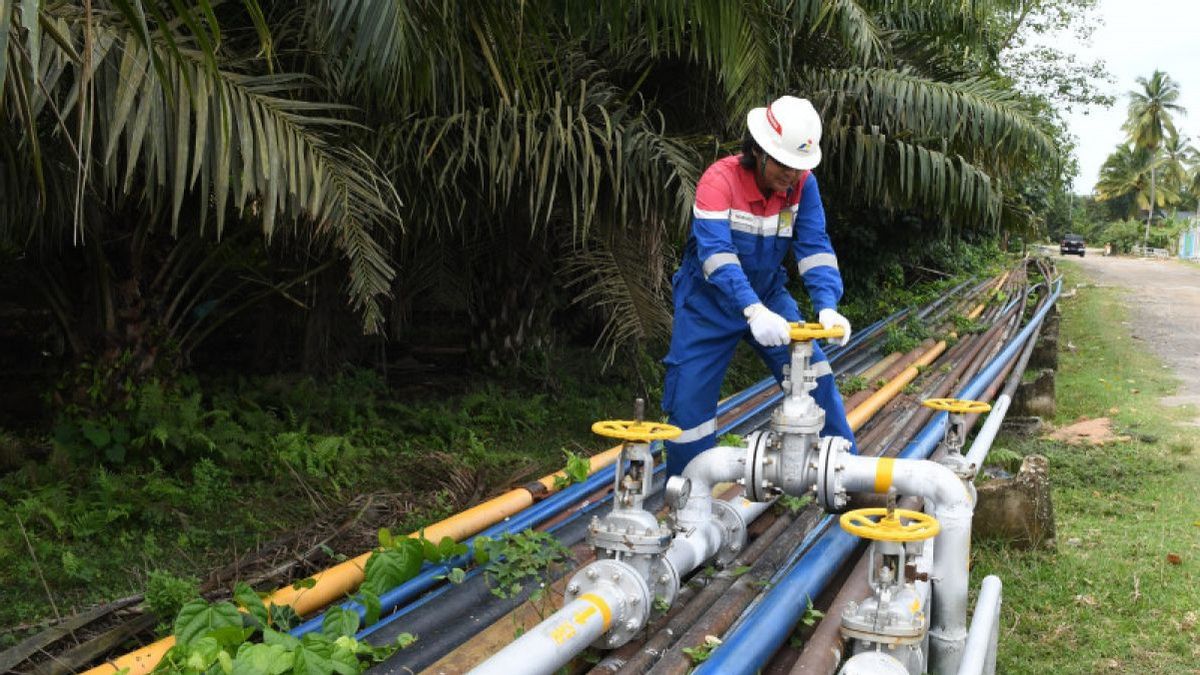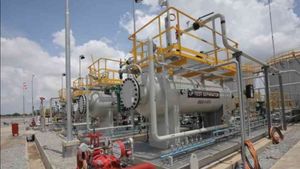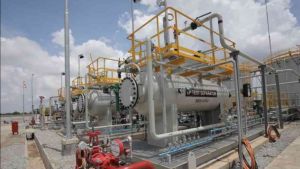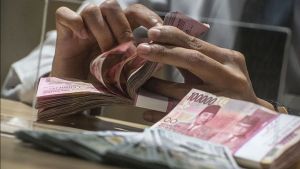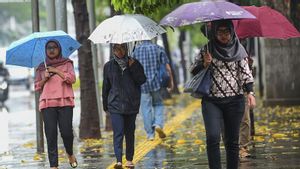JAKARTA - The government is known to be pursuing the construction of pipeline gas network infrastructure that extends from Sumatra to Java.
Director General of Oil and Gas of Earth, Tutuka Ariadji, said that the construction of this pipeline was based on Indonesia's gas potential which was still very large and supported by the findings of new gas sources in recent years.
With the construction of this gas pipeline, said Tutuka, it can channel the potential of natural gas sourced from the Agung Work Area (WK) and the Aceh Andaman WK to be utilized in Java and Sumatra.
"Therefore, the government is trying hard to connect to East Java," said Tutuka, quoted on Wednesday, January 17.
Another benefit is to support more affordable gas prices with lower toll fees. Then meet the gas needs for industries, power plants, commercials and households and save up to trillions of rupiah.
He gave an example of the Cirebon - Semarang pipeline jargas program which is connected to 300,000 household connections (SR) and Dumai - Sei Mangkei which are connected to 600,000 SR can reduce 3 kg LPG subsidies to Rp63 billion per year and save LPG import foreign exchange of Rp1.08 trillion per year.
"It can also save cooking costs of IDR 16 trillion per year," continued Tutuka.
Tutuka further detailed that currently his ministry is building the Sei Mangke-Dumai (Dusem) Pipe which stretches for 400 kilometers (km). The feasibility study has been completed and will proceed to the administrative stage towards the auction.
SEE ALSO:
He said the government also continues to encourage the construction of gas networks along areas that are passed by pipelines by cooperating with the private sector through the Government and Business Entity Cooperation (KPBU) scheme.
Meanwhile, the island of Java has been completed with the construction of the Cirebon - Semarang I (Semarang - Batang) pipeline which costs Rp1.04 trillion. Meanwhile, for Cisem II which is spread from Batang-Cirebon-Kandang Haur 240 km in the plan.
It is known that throughout 2023 the realization of domestic natural gas distribution is 3,745 BBTUD with a portion of domestic gas utilization of 68.2 percent greater than the portion of exports.
Tutuka detailed that the largest use of domestic gas for the industry was 1,515.8 BBTUD or 40.5 percent.
"The target for using domestic gas in 2024 is 68 percent," concluded Tutuka.
The English, Chinese, Japanese, Arabic, and French versions are automatically generated by the AI. So there may still be inaccuracies in translating, please always see Indonesian as our main language. (system supported by DigitalSiber.id)
